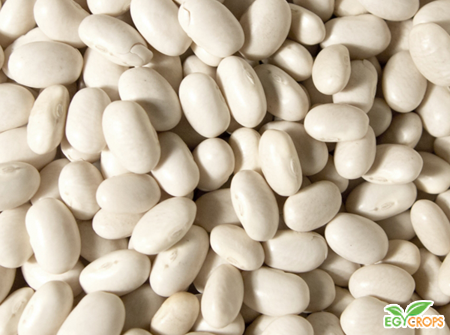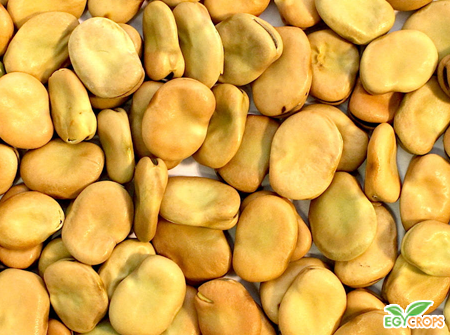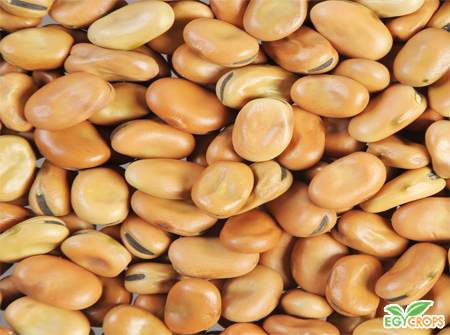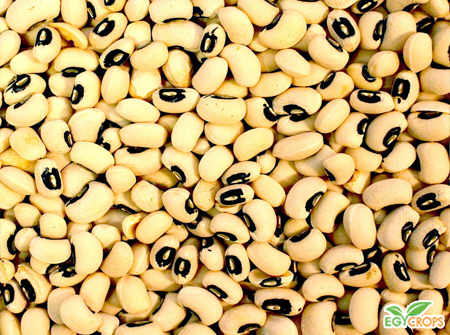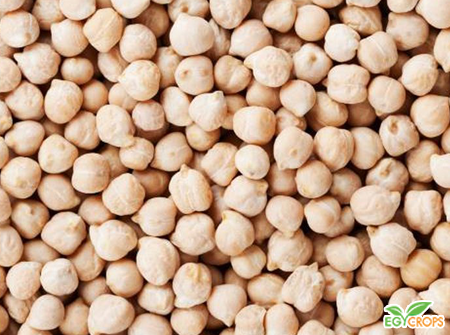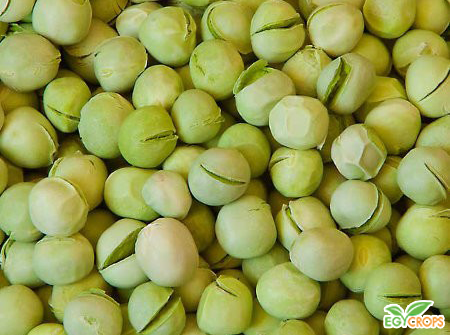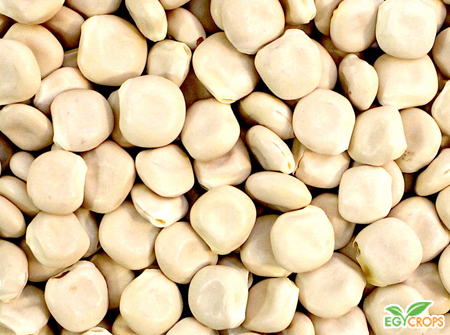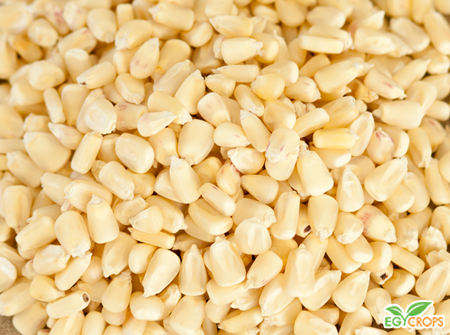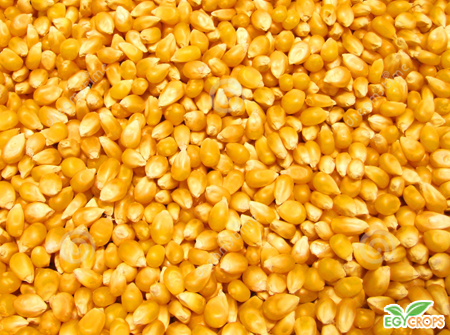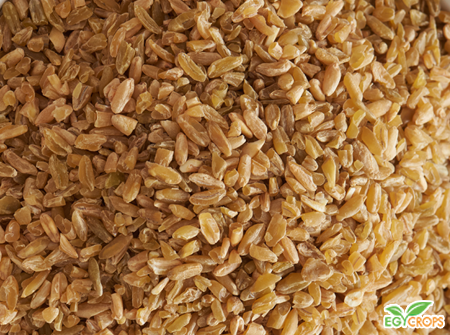Pulses & Grains
-
[x] Close
WHITE KIDNEY BEANS
/PHASEOLUS VULGARIS/
Specs: Hand-picked selected (H.P.S.) 1+1+3 Named for their distinctive shape, kidney beans are widely cultivated in gardens as both dry beans and green beans. Dry kidney beans will maintain their original quality for three to six months of storage. However, heat and humidity will cause degradation, so they must be kept in a cool, dark and dry place.
H.S. Code: 071333
Harvest Time:
▸ Summer Crop: May - June
▸ Winter Crop: November - December
Sizes:
▸ 165-170/100
▸ 180-200/100
▸ 210-220/100 -
[x] Close
BROAD BEANS
/VICIA FABA/
Broad beans have a long tradition of cultivation in Old World agriculture, being among the most ancient plants in cultivation and also among the easiest to grow. It is believed to become part of the eastern Mediterranean diet around 6000 BC or earlier. Broad beans will grow best at soil temperatures between 15.5 and 18.3 °C (59.9 and 64.9 °F) and will not grow well at temperature below 4.4 °C (39.9 °F) or above 23.8 °C (74.8 °F). The broad beans will maintain their original quality for up to one year of storage, if stored in a dry and cool place.
H.S. Code: 071350
Harvest Time: April
Size:
▸ Whole Broad Beans: 14mm+ & 16mm+
▸ Hulled and Split Broad Beans: 12 mm+, 13mm+ & 14 mm+ -
[x] Close
FAVA BEANS
/VICIA FABA/
Broad beans have a long tradition of cultivation in Old World agriculture, being among the most ancient plants in cultivation and also among the easiest to grow. It is believed to become part of the eastern Mediterranean diet around 6000 BC or earlier. Broad beans will grow best at soil temperatures between 15.5 and 18.3 °C (59.9 and 64.9 °F) and will not grow well at temperature below 4.4 °C (39.9 °F) or above 23.8 °C (74.8 °F). The broad beans will maintain their original quality for up to one year of storage, if stored in a dry and cool place.
H.S. Code: 071350
Harvest Time: April
Size:
▸ The smaller version of the Broad Beans
▸ Split Fava Beans: 7-9mm+ -
[x] Close
BLACK-EYED PEAS
/VIGNA UNGUICULATA/
The first domestication probably occurred in West Africa, but the blackeyed peas is widely grown in many countries in Asia. This heat-loving crop should be sown after all danger of frost has passed and the soil is warm. Seeds sown too early will rot before germination. Black-eyed pea are extremely drought tolerant, so excessive watering should be avoided. The blackeyed peas will maintain their original quality for up to one year of storage, if stored in a dry and cool place.
H.S. Code: 07133500
Harvest Time: April -
[x] Close
CHICKPEAS
/CICER ARIETINUM/
Domesticated chickpeas have been found in the Aceramic levels of Jericho along with Çayönü in Turkey and in Neolithic pottery at Hacilar, Turkey. The plant grows to 20–50 cm (8–20 in) high and has small, feathery leaves on either side of the stem. Chickpeas are a type of pulse, with one seedpod containing two or three peas. It has white flowers with blue, violet, or pink veins.
H.S. Code: 07132000
Harvest Time: Feb - March - April
Size: ▸ 6 mm, 7 mm,8 mm,9 mm,10 mm,11 mm &12 mm -
[x] Close
PEAS
/PISUM SATIVUM/
Field peas are a cool-season vegetable just like garden peas and sugar peas, but they are allowed to dry on the vine before harvest and so are usually harvested during the hot summer months. Split peas are whole dried peas that have been divided along their natural seam.
H.S. Code: 07131000
Harvest Time: July - August
Types:
▸ Yellow Whole Peas
▸ Green Whole Peas
▸ Yellow Split Peas
▸ Green Split Peas -
[x] Close
LUPINS
/LUPINUS ALBUS L./
The earliest archaeological reports on lupins are referred to the Twelfth Dynasty of Egyptian Pharaohs (over 2 thousand years BCE). In their tombs, seeds of Lupinus digitatus Forsk., already domesticated in those times, were discovered. Seven seeds of this species were also retrieved in the tombs of this dynasty dated back to the 22nd century BCE. They are the most ancient evidence of lupin in the Mediterranean.
H.S. Code: 12092910
Harvest Time: May
Size: 8 mm - 11 mm
Types:
▸ Sweet
▸ Bitter -
[x] Close
MAIZE
/ZEA MAYS/
Maize (called corn in some countries) is Zea mays, a member of the grass family Poaceae. It is a cereal grain which was first grown by people in ancient Central America. It is now the third most important cereal crop in the world.Maize is a leafy stalk whose kernels have seeds inside. It is an angiosperm, which means that its seeds are enclosed inside a fruit or shell. It is used as a food staple by many people in Mexico, Central and South America and parts of Africa. In Europe and the rest of North America, maize is grown mostly for use as animal feed. In Canada and the United States, maize is commonly referred to as "corn".
H.S. Code: 10059000
Harvest Time: June
Types:
▸ White Maize
▸ Yellow Maize -
[x] Close
POPCORN
/ZEA MAYS EVERTA/
Popcorn is a type of corn that expands from the kernel and puffs up when heated. Popcorn is able to pop like amaranth grain, sorghum, quinoa, and millet. When heated, pressure builds within the kernel, and a small explosion (or "pop") is the end result. Some strains of corn are now cultivated specifically as popping corns.
H.S. Code: 1005904040
Harvest Time: May - June
Expansion:
▸ 38
▸ 40
▸ 42 -
[x] Close
FREKEEH
/TRITICUM DURUM/
The “ancient grain” that has been discovered in ancient Egypt. The story goes that in 2300 B.C., people was anticipating an attack on their city. Worried about losing their crops and starving, they picked the green heads of wheat and stored them. When the city came under fire, the green wheat was burnt. The people discovered that, when rubbed, the green grains inside were still fit to eat. In the ancient Arabic language frekeeh means ‘to rub.’ Now we know that this process also confers many nutritional benefits. Australian researchers with CSIRO (the national government body for scientific research in Australia) have found that because it's harvested when it's young, the grain retains more protein, fibre and minerals than in mature wheat.
H.S. Code: 1904900140
Harvest Time: May - June
Types:
▸ Natural
▸ Artificial

